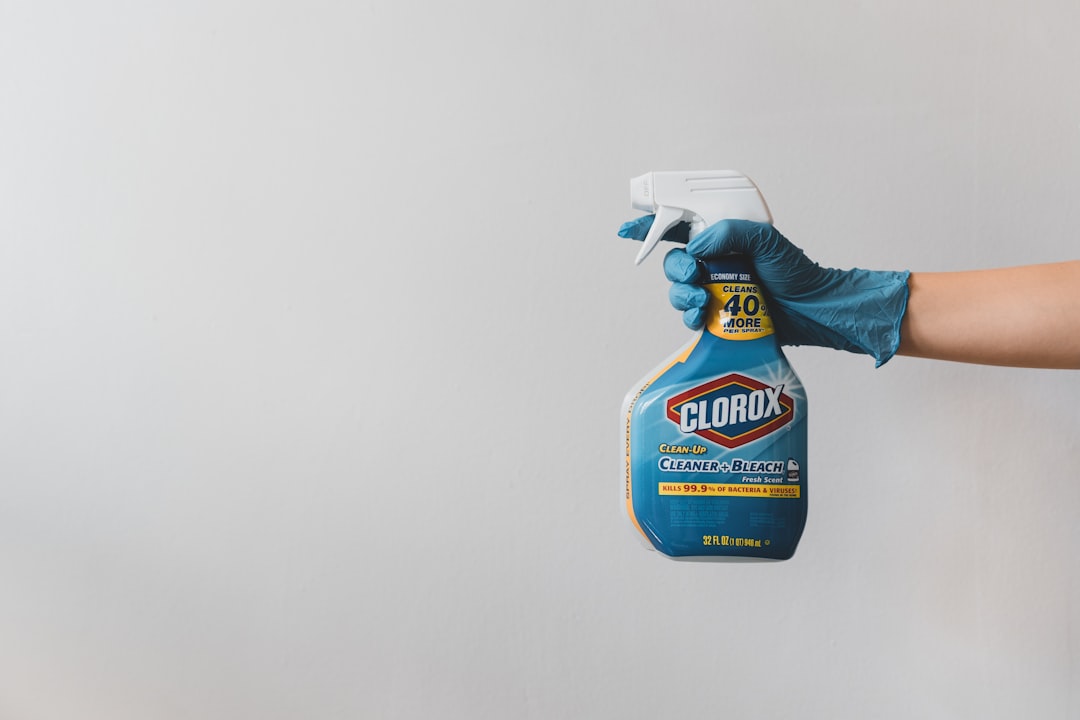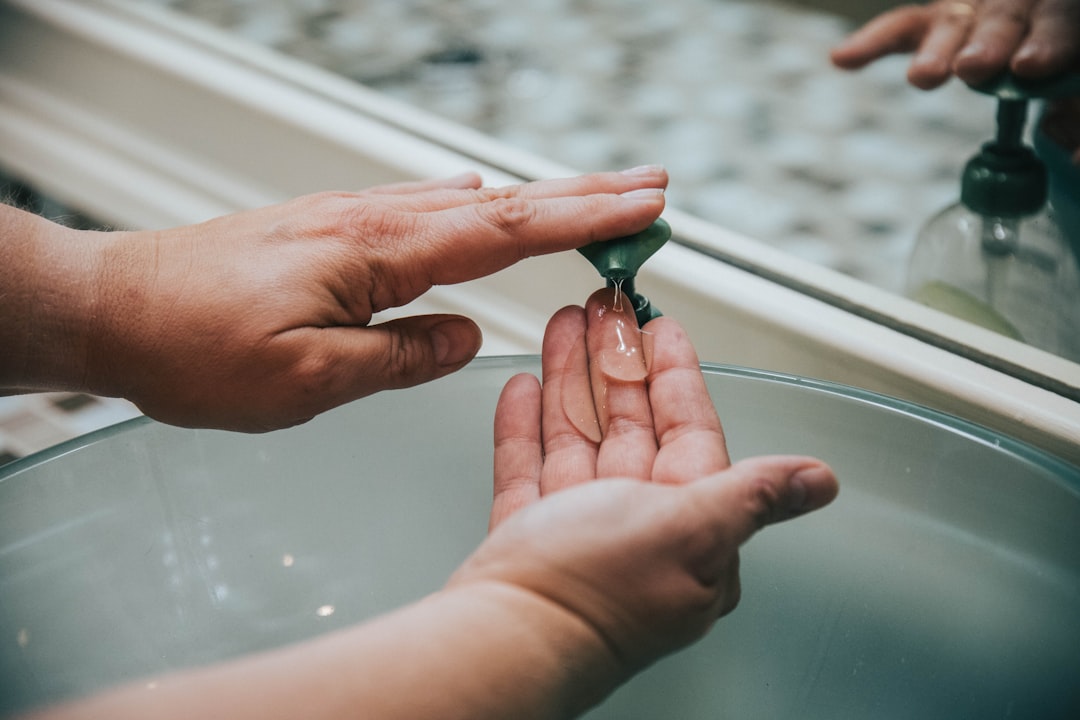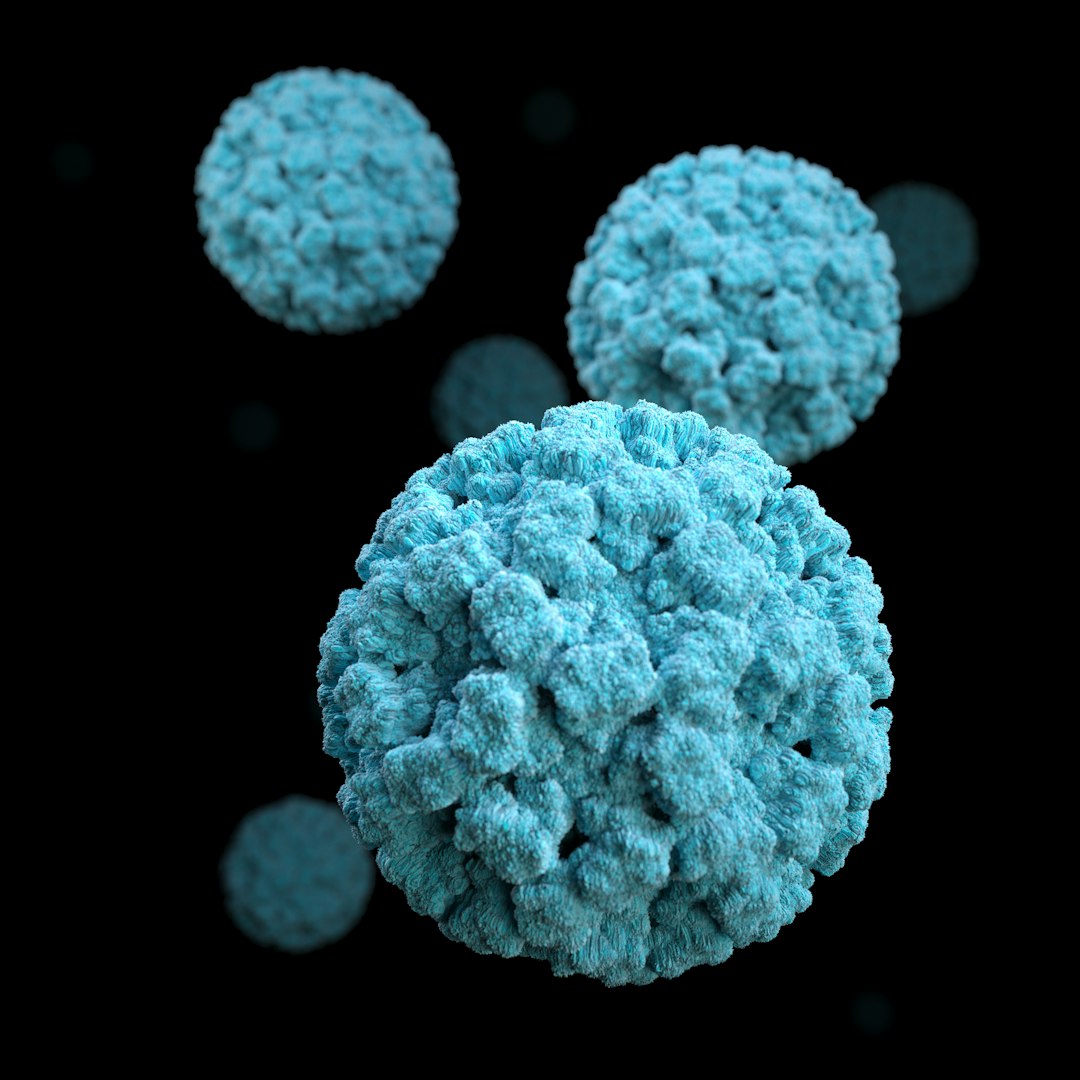Lessons from battling a nasty stomach bug
Reach for the bleach - and other tips to stop the spread
Last Saturday night, my husband and I were woken out of a deep slumber by one of our seven-year-old twins. Out of the blue, she announced that she wasn’t feeling well. Moments later, she headed towards the bathroom, but didn’t make it. Once her tummy was throughly emptied, hubby and I jumped into action, cleaning up the mess with whatever cleaning agents we could find in our drowsy state. He grabbed the Oxy stain remover from the nearby laundry area while I ran downstairs and retrieved a multi-purpose cleaner and roll of paper towels. We wiped the area several times and hoped for the best.

As we settled back into bed, we joked about the little things that make us grateful as parents. At least it was on the hardwood hallway, not the carpet. At least it was mostly banana in her poor little tummy. At least it was only one twin (for now). At least it was on a weekend. At least hubby was in town to tag-team with me.
Initially, it seemed like we had dodged a bullet. Our girl had a really low energy and appetite day on Sunday but woke up feeling “great” on Monday, so I sent her back to school. It turns out that several other classmates were in the same boat - vomiting Saturday night but feeling good by Monday morning.
Tuesday morning, I was almost ready to celebrate a clean bill of health for our family of five. Things changed when I learned at pickup that half the class was absent that day, and that four more kids had called home sick mid-day. A second wave of nausea and more was underway.
This time, our other seven-year old twin succumbed. She was happy as a clam at bedtime on Tuesday, but woke me before dawn with tummy troubles. I knew what was coming and tried to steer her towards the bathroom, but didn’t quite make it. I instantly regretted giving her blueberries for a bedtime snack. Doh!
Looking back, it seems that several parents of “recovered” kids had jumped the gun and sent them back too soon - including me. One parent even sent their kid to school the morning after she threw up. I’m so so sorry, my friends!
Clearly, we need more education on stomach flu. I dove in and learned a lot of very useful things that I’m keen to share.
Fast facts about stomach flu and norovirus
Causes: The most common cause of “stomach bugs” or “stomach flu” (acute gastroenteritis) outbreaks is a family of viruses called Norovirus. Noroviruses are extremely contagious and hard to kill. Rotaviruses are another common cause of gastroenteritis, especially in babies and children under age 5. These two viruses are not easily distinguished by symptoms, but differ in who they typically infect and in the timelines. My guess is that this specific outbreak was due to Norovirus, as it fit the profile perfectly, but I can’t say for sure.
Spread: Norovirus can spread from direct contact with sick people or from infected food, feces, or surfaces (like countertops, sink taps, and door handles). Wash your hands, close the lid and be mindful of everything you put in your mouth - both food and hands.
Scary fact: Norovirus can survive on surfaces for weeks if they are not properly cleaned. If somebody in your home is sick, a thorough cleaning is key. Noroviruses are hard to get rid of because they are heat stable and resistant to many common cleaners thanks to their “capsid coat” (versus a membrane that is easy to burst, with other viruses).
Incubation period: For norovirus, it usually takes 1-2 days after exposure to develop symptoms. The median is about 33 hours. If your kid is puking in the middle of the night on Saturday, they probably got exposed on Friday.
Infectious period: You are most contagious while you are acutely sick, but the risk of spread can begin before symptoms, and persist well beyond your symptoms. Norovirus can be often detected in feces or anal swabs for one to two weeks after infection.
Scary fact: Some Norovirus infections but are asymptomatic, with estimates as high as a third of cases! To make matters worse, asymptomatic cases can still shed virus in their feces (see this study). One more reason to wash your hands and close the lid!
Back to school: In most cases, it’s not realistic to keep your kid home for a week or longer until the risk of spread is zero, but we can at least avoid the peak contagious period. Most public health agencies advise staying home for 24 to 48 hours after symptoms have ended - and longer for those who serve food or provide healthcare. For our second round, when I was more educated, I kept my daughter home for two days after she vomited, then sent her back to school on the third day.
Cleaning tips: Reach for bleach! I was surprised to learn that hand sanitizers and many disinfectants do NOT kill noroviruses. The best way to destroy them is to wash your hands with soap and disinfect surfaces with bleach-based cleaners. Do not use concentrated bleach - dilute it with water (see instructions below). Wear rubber gloves while cleaning, for extra protection.
How to make a 1:50 (1,000 ppm) solution of bleach and water: Add 20 ml of bleach to 1 litre of water and mix together. Make sure you add the bleach solution to the water when preparing the solution, not vice versa. See this bleach dilution calculator from Foodsafe BC for more information.
Putting this all together, here are some of the best practices for reducing the chances that the whole family will go down. Notice that I said *reducing* because you may get sick even if you do everything right. Even a few dozen particles of Norovirus can get somebody sick. There’s definitely an element of luck here as well. Just do your best!

Best practices to minimize spread at home
Reach for bleach early and often (on high-touch areas like sinks).
Wash your hands with soap and water. Often. Thoroughly (20 seconds!). This goes for everyone, not just the sick person!
Minimize contact with the sick person. I know… this is so hard with kids! Thanks to COVID, my kids are well aware of the power and responsibility we have to protect others. They are okay with reduced contact with Mama when sick. What has worked for us is occasional hugs but not a lot of extended snuggles or kisses. I give them lots of love in other ways, including words, special treats, and other caring acts.
Avoid touching the same things as the sick person. We gave our sick little one her own iPad to watch stories, and played games that did not involve touching the same objects.
Be extra careful with bathroom matters. If possible, let the sick person have their own bathroom. We didn’t do this, but it makes good sense, given the role of feces in transmission.
Closing Thoughts
It’s been a week since the bug first hit us, and three quiet nights since the second round. We are all feeling well and the house is throughly bleached. I think we are out of the woods this time. Phew!
Stomach bugs are horrible to experience and hard to contain, but it’s not futile to fight back. If we each educate ourselves about best practices for prevention, and go the extra mile to protect others, we can mitigate the toll these nasty bugs take on our family and others. A bit of luck helps, too.
Remember - reach for bleach, wash your hands, close the lid, and stay home.
Wishing you and yours a speedy recovery and successful containment, thanks to science (and a bit of luck)!
Best,
Resources
List of cleaning substances registered to kill Norovirus (EPA)
Tips for cleaning your home when somebody has Norovirus (NoroCORE)
Norovirus prevention (US CDC)
Overview of Norovirus (BCCDC)
Norovirus Outbreak Control (California Department of Public Health)



